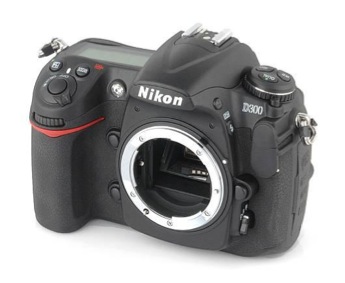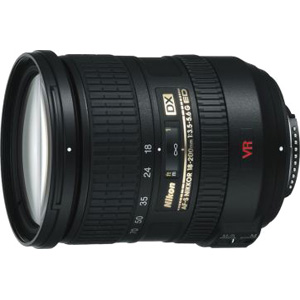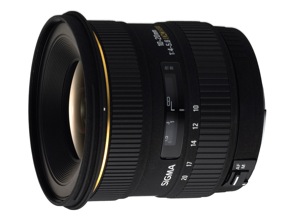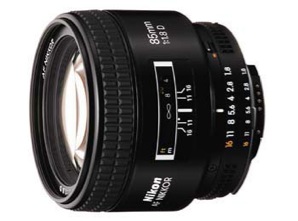
Nikon D300
When choosing the body, I had to answer three critical questions to myself: Brand, Full frame (FX) vs reduced frame (DX) sensors and the effective model.
In my opinion the choice of the brand is highly underrated by many people. When buying an SLR, you are, once you chose your first body, forever bound to this brand, except you are willing to also exchange all you lenses, which would be quite an investment. So why Nikon? It was a combination of that they had the highest rating at this time, that I liked the product strategy that they followed, that they had the lenses that I wanted and that the camera fitted nicely in my hand and the layout of all the buttons convinced me. So I'm not saying that Nikon is the best brand, but it is the brand that fits to me and my needs.
When it comes to the sensor, the main reason to choose a full frame sensor is the need to shoot in high ISO without a loss in quality. The price to pay (beside much more money) are heavier and bigger lenses and less telephoto range. For me being able to keep as much of my equipment as possible all the time with me and to have a high telephoto range without having to carry half a car with me was more important, and so I went with the DX.
Finally when it comes to the model I wanted a solid casing with as much functionality as possible. So I went for the semi-pro model - the D300.
In the three years I own now the D300 I never regretted the choice. It fulfills all the tasks without any problems and is easy to handle also in situations where time counts.

Nikon AF-S DX VR II 18-200 mm f/3.5-5.6 G ED
This superzoom is my choice, when I'm on the move and don't have the time and/or space to deal with multiple lenses. This lens can cover any situation - one second the sunset panorama and the other second the eagle in the sky. The vibration reduction which saves you 4 f-stops as well as a fast and rather silent autofocus helps to make this lens a real multitalent. The price you pay is the softness especially in the upper zoom regions as well as some strong distortion. The distortion can be removed again by using DXO (see „What is on my computer?“)

Sigma 10-20 mm F3,5 EX DC HSM
The reason for taking in the ultra-wideangle range a Sigma lens is simply that Nikon does not offer such a lens. The 10-20mm range extends nicely my midrange zooms to the wide-angle range, it has a very fast and reliable autofocus and the build quality of the professional grade Sigma lens is just stunning, considering the price. Most definitely a keeper!

NIKON AF 85mm F/1.8D
Because of the size and weight of faster zoom lenses I chose to cover the faster lens segment rather with fixed lenses. The 85mm lens covers the telephoto part and I also use it as my primary lens for portraits. With a high built quality and almost perfect optical performance it is quite a bargain for the price.
